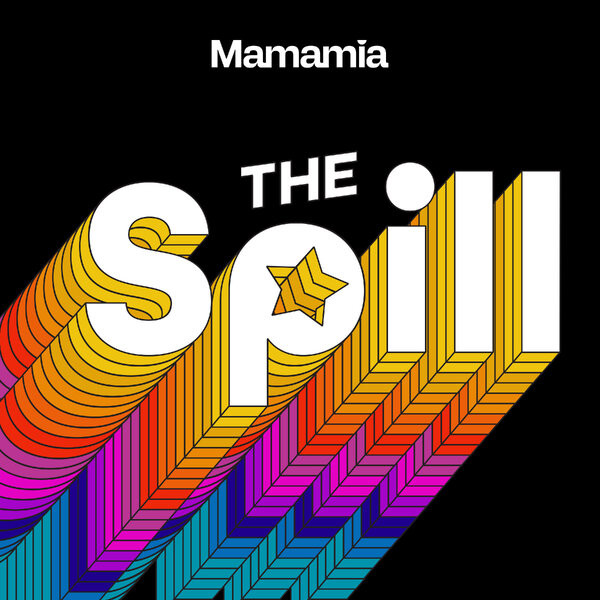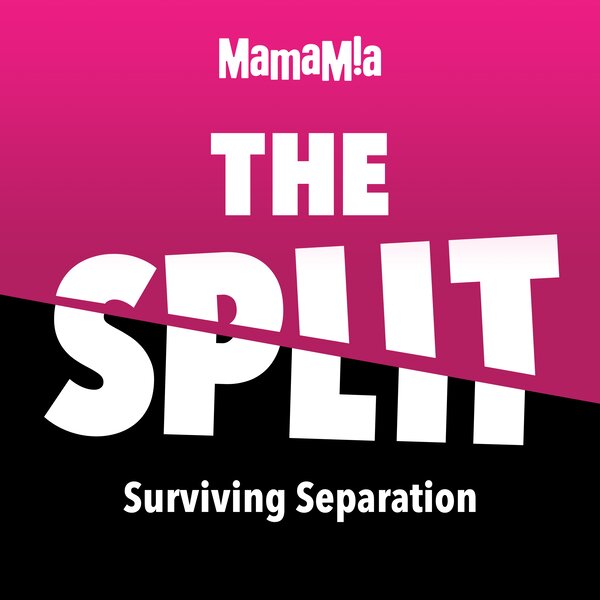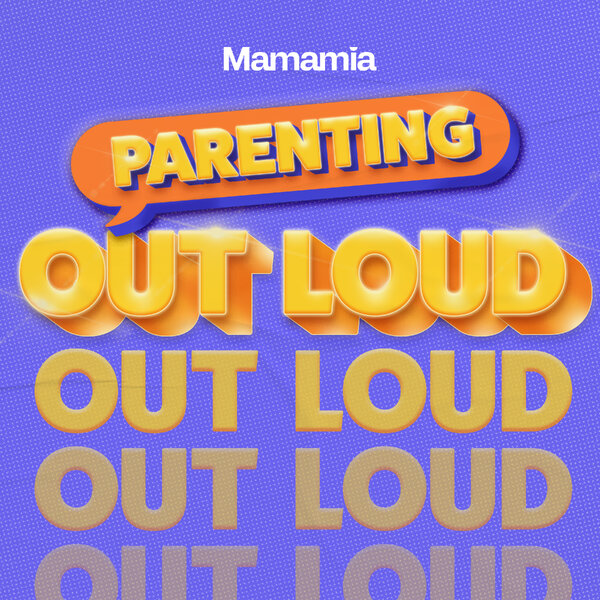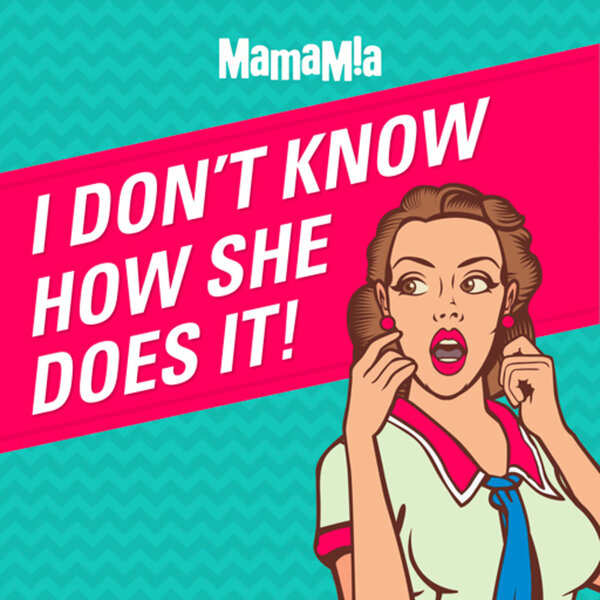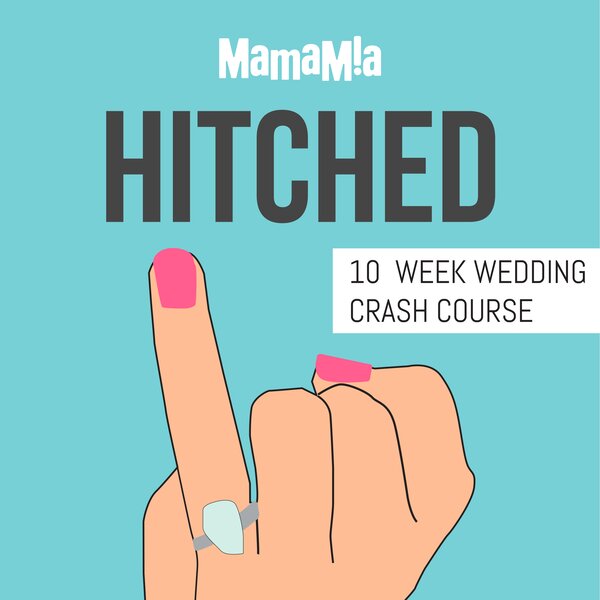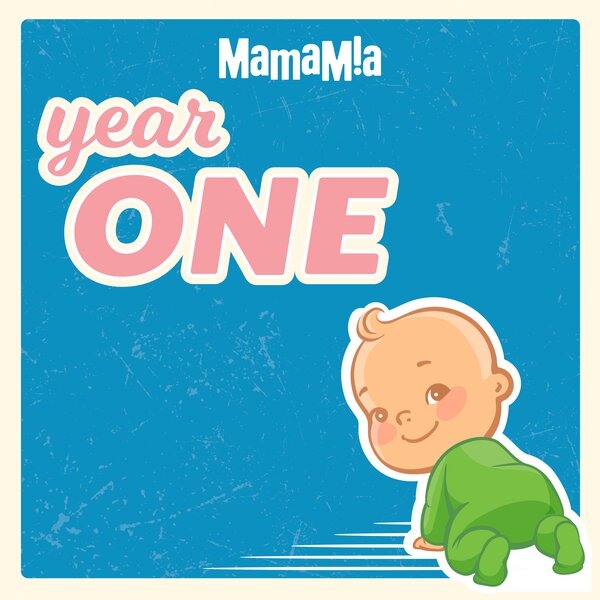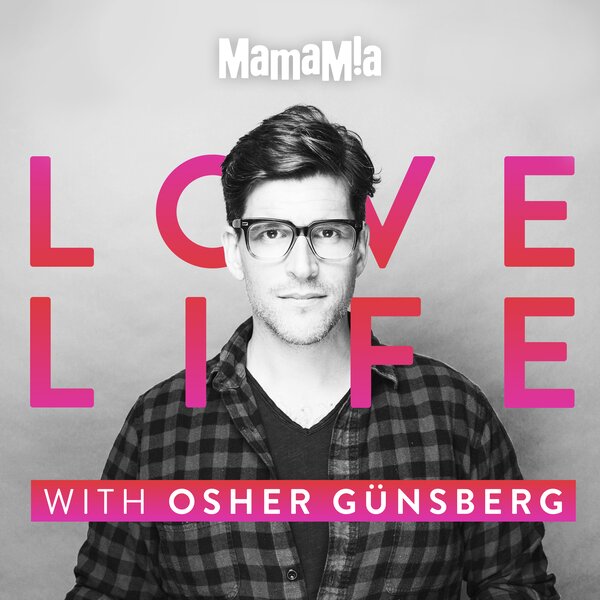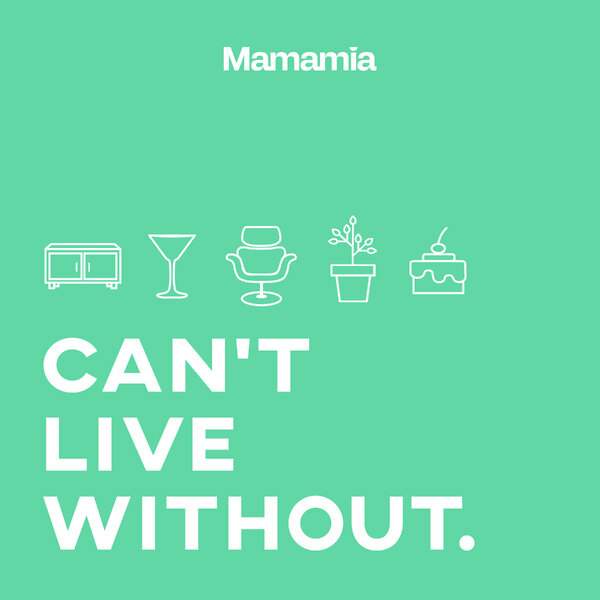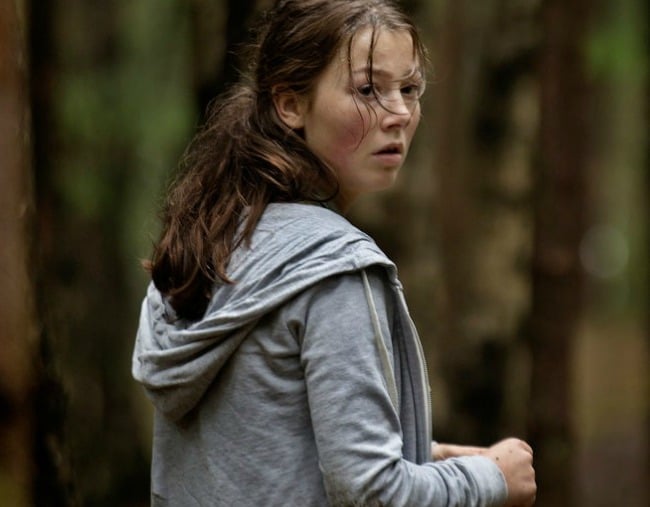
On July 22, 2011, 77 Norwegians were killed in cold blood.
They were victims of the country’s most fatal terrorist attack and the worst act of violence in the Nordic country since the Second World War.
On that day, a far-right extremist named Anders Behring Breivik set a diabolical plan in motion.
Police believe he had planned his actions years in advance.
First, he sent out a electronic version of his 1500-page manifesto titled 2083: A European Declaration of Independence, which described his militant ideology.
In it he described his hatred of Islam. He also blamed feminism for creating what he called Europe’s “cultural suicide”.
He then detonated a fertiliser bomb outside the tower block, which housed the office of Prime Minister Jens Stoltenberg, in central Oslo.
Eight people were killed in the attack. Hundreds of others were left injured by the blast.
Breivik then travelled to Utoya island via a ferry, where the country’s Worker’s Youth League was holding a camp.
Dressed as a police officer, Breivik told the campers he was there to help them.
He then opened fire, and over the period of an hour, killed 69 people.
His youngest victim was just 14 years old.
Lisa Marie Husby was on the island that night; she was just 17 years old. She told the BBC at first she thought she was hearing fireworks or some kind of cruel joke.
